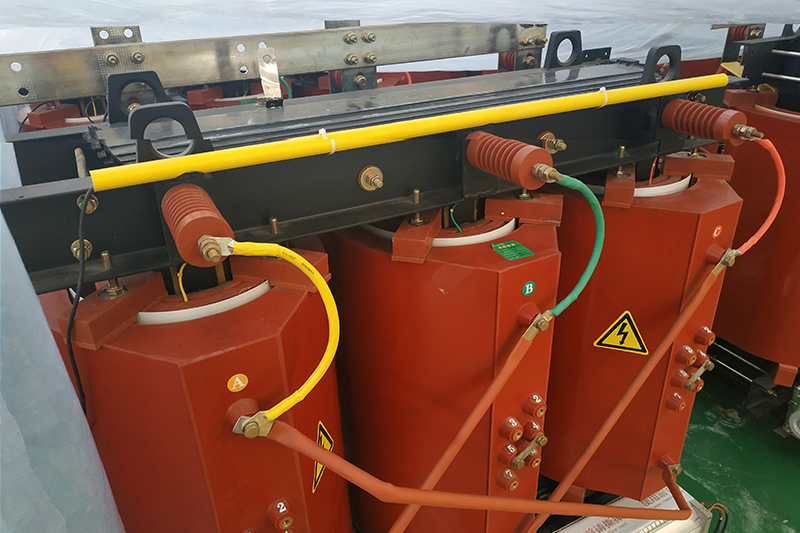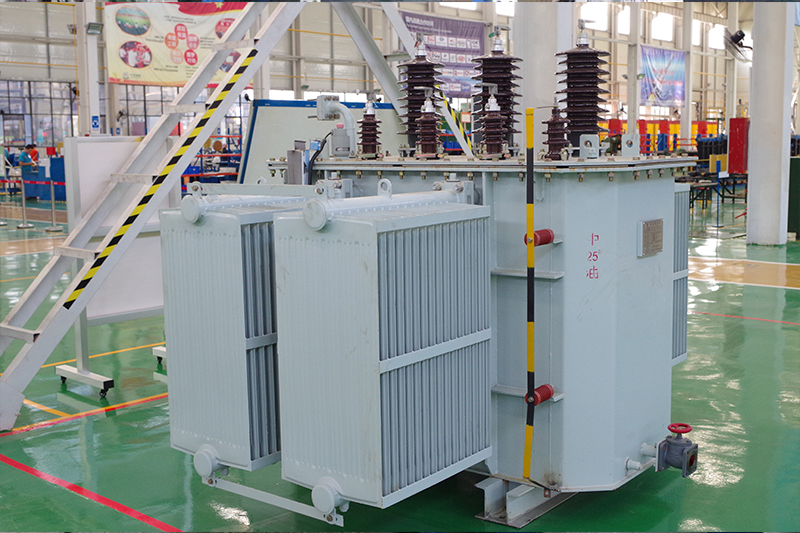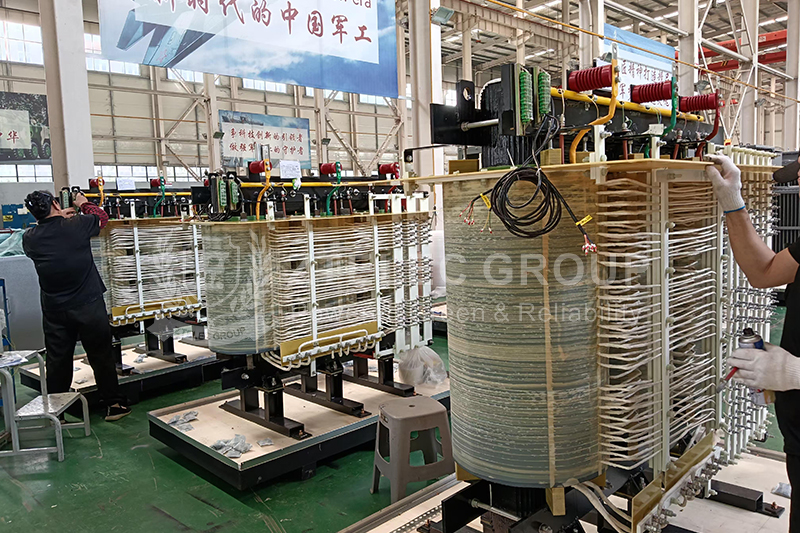How to Choose a Reliable 10kV or 35kV Power Conversion Transformer for Global Power Distribution
In global power distribution networks, 10kV and 35kV power conversion transformers are vital for the efficient and stable delivery of electrical energy. Whether used in industrial plants, commercial facilities, or renewable energy projects, selecting a transformer with high reliability, adaptability, and international compliance is essential for long-term performance and safety.
Due to variations in voltage standards, frequencies, and environmental conditions—such as extreme temperatures, humidity, and altitudes—choosing the right transformer can be technically complex. This guide outlines the core selection factors to help you identify a safe, cost-effective, and globally compliant solution.

Technical Parameter Requirements
Understanding your project’s specific technical requirements is the foundation for selecting the right transformer. Confirm the input/output voltage levels (e.g., 10kV/35kV), and ensure the tapping range is clearly defined—typically ±5% or ±10%. Rated capacity should be calculated based on load needs, with a 10%-20% buffer for future expansion. Be sure the frequency matches the target country’s standard—usually 50Hz or 60Hz. Short-circuit impedance (generally 6%-10%) must align with the power system's short-circuit capacity. High-efficiency transformers, particularly those complying with IEC 60076 Tier 1 or above, are preferred to reduce losses and improve energy savings.
Compliance with International Standards and Certifications
Global deployment requires transformers to meet regional and international standards. Common standards include IEC 60076 (global), IEEE C57.12.00 (North America), and EN 50588 (Europe). Products must also pass certification programs like CE (EU), UL/cUL (North America), CSA (Canada), CCC (China), as well as energy efficiency certifications like EU Tier or DOE-2016. These certifications ensure legal compliance and reliable performance in different regulatory environments.
Environmental Adaptability Design
Transformers must be designed to function reliably under varying environmental conditions. In high-temperature areas, use H-class insulation rated to 180°C. For humid or coastal installations, anti-corrosion coatings rated IP55 or higher are essential. At high altitudes above 1,000 meters, transformers require derating or special design modifications to accommodate increased temperature rise.
Cooling methods should also be selected according to the installation environment. ONAN (oil natural air natural) cooling suits most standard use cases, while ONAF or OFWF (forced air or water cooling) are ideal for high-load or restricted ventilation scenarios.

Key Materials and Components
The quality of internal components greatly impacts transformer performance and lifespan. Core materials should be high-grade, low-loss silicon steel such as 23ZH100. Copper windings offer excellent conductivity and durability, while aluminum windings provide a lighter, more economical option. Insulating oils must comply with IEC 60296, with options including mineral oil and eco-friendly ester-based oils like BIOTEMP. Protective features like pressure relief valves, temperature sensors, and gas relays enhance safety and monitoring.
Supplier Evaluation and Quality Assurance
Evaluating transformer suppliers is critical for ensuring product reliability and service support. Look for manufacturers with a strong global track record and ISO 9001 certification. Verify third-party test reports from reputable organizations like KEMA or DNV GL. Reliable suppliers should offer global warranty services and spare parts delivery within 72 hours to reduce downtime risk. When comparing options, consider total cost of ownership (TCO), which includes not just purchase price but also operational and maintenance costs.
Special Requirements Consideration
For applications involving non-linear loads (e.g., inverters), select transformers with an elevated K-factor (e.g., K4 or K13) to handle harmonic distortion. In seismic zones, compliance with IEC 60076-23 for earthquake resistance is vital. For enhanced asset management, consider intelligent transformers equipped with real-time monitoring such as DGA (Dissolved Gas Analysis) and partial discharge detection.
Choosing the right 10kV or 35kV power conversion transformer is not only a technical decision but also a strategic investment. It affects system reliability, safety, and long-term energy efficiency. For complex scenarios, consulting a qualified transformer manufacturer or power system engineer can ensure your solution is tailored to specific needs and fully compliant with international standards.
- more+releated article
- 2025-12-13How to Select and Use Phenolic Cloth-base Lami
- 2025-12-13How Much Does Bakelite Sheet Cost? 2025 Price
- 2025-12-13Why are most 3240 epoxy boards yellow?
- 2025-12-13What are the Main Applications of FR4 Epoxy Bo
- 2025-12-13Why Does the Price of Insulating Paperboard Va
- 2025-12-13Heat-Resistant DDP Insulation Paper
- 2025-12-13Comparison of Heat-Resistant DDP Insulating Pa
- 2025-12-13G10 and FR4 Epoxy Boards: Commonly Used for Ge
- 2025-12-13The Price of Heat-Resistant DDP Insulation Pap
- 2025-12-13How to Choose Epoxy Laminate Materials for Gen





